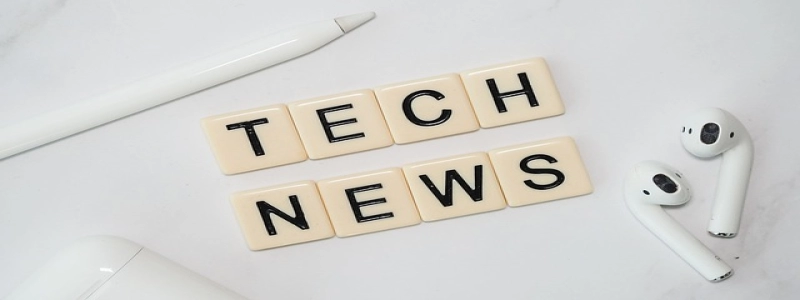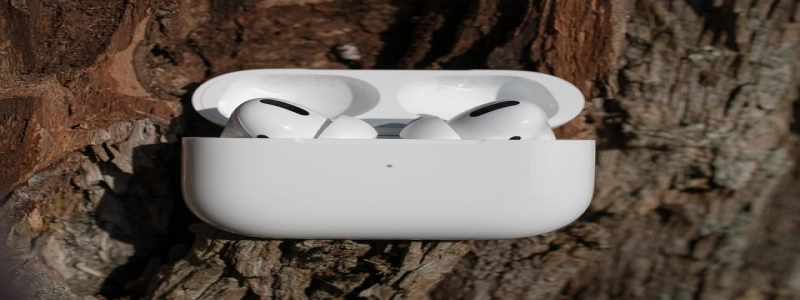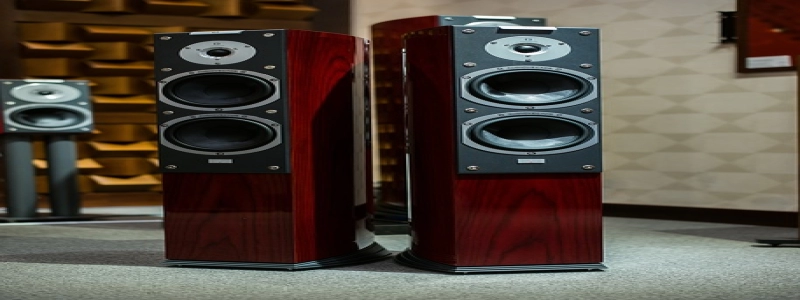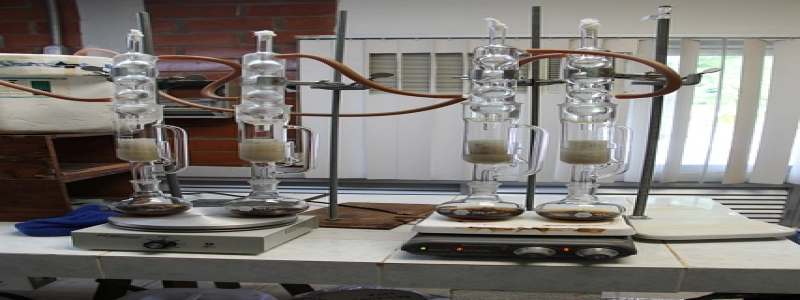Ethernet Patchcord
Introdução:
Ethernet patchcord, also known as an Ethernet cable or network cable, is a crucial component in computer networking. It is widely used to connect various devices, such as computers, routers, switches, and modems, to establish a reliable and high-speed network connection. In this article, we will explore the different types of Ethernet patchcords and their importance in network connectivity.
Types of Ethernet Patchcords:
1. Category 5e (Cat5e) Patchcord: Cat5e patchcords are the most common type used in Ethernet networks. They are capable of transmitting data at speeds up to 1000 Mbps (megabits per second) and can support frequencies of up to 100 MHz. Cat5e patchcords are suitable for most home and small office networks.
2. Categoria 6 (Cat6) Patchcord: Cat6 patchcords are an upgraded version of Cat5e. They have better signal quality and can support higher bandwidths of up to 250 MHz. Cat6 patchcords are ideal for larger networks, such as commercial buildings, data centers, and industrial environments, where high-speed data transmission is crucial.
3. Category 6A (Cat6A) Patchcord: Cat6A patchcords offer even higher performance compared to Cat6. They can support data transmission speeds of up to 10 Gbps (gigabits per second) and frequencies of up to 500 MHz. Cat6A patchcords are commonly used in applications that require a significant amount of data, such as video streaming, large file transfers, and network backups.
4. Categoria 7 (Cat7) Patchcord: Cat7 patchcords are designed for ultra-high-speed data transmission. They can support data rates of up to 10 Gbps and frequencies of up to 600 MHz. Cat7 patchcords have shielding that provides better protection against electromagnetic interference, making them suitable for critical applications in sensitive environments.
Importance of Ethernet Patchcords:
1. Reliable Connection: Ethernet patchcords ensure a stable and secure connection between network devices. They provide a physical link that allows data to be transmitted without interruption or loss, ensuring smooth network communication.
2. High-Speed Data Transmission: Different categories of Ethernet patchcords offer varying speeds and bandwidth capabilities. By choosing the appropriate patchcord, users can ensure fast and efficient data transfer, enabling quick access to online resources, smooth video streaming, and lag-free online gaming.
3. Scalability: Ethernet patchcords are essential for the scalability of a network. They allow new devices to be easily added or relocated without disrupting the overall network infrastructure. Upgrading to higher-category patchcords can also enhance the network’s capacity to handle increasing data demands.
4. Compatibility: Ethernet patchcords are compatible with various networking devices, including computers, routers, switches, and modems. This compatibility allows seamless integration and connectivity between different devices, promoting efficient network communication.
Conclusão:
Ethernet patchcords play a crucial role in establishing reliable and high-speed network connections. Choosing the right type of patchcord, based on the specific requirements of the network, is vital to ensure optimal performance. Whether it’s for a small home network or a large commercial setup, Ethernet patchcords are the backbone of modern networking technology, facilitating seamless data transfer and efficient communication.








